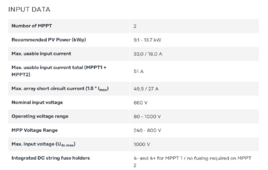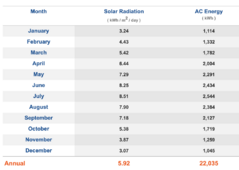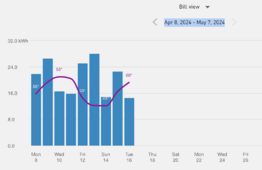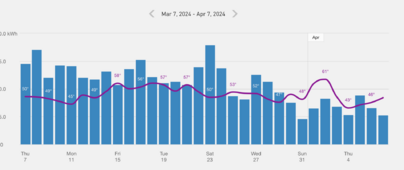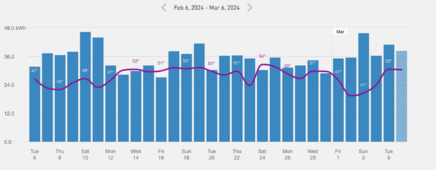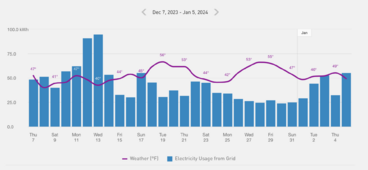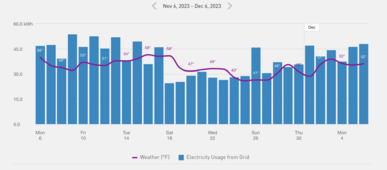ahreno
New Member
I am probabloy grabbing 25 Hi-mo-5 550 watt panels off marketplace. brand new. Not sure what else i need for a grid tie / battery backup system. I'm already getting two tesla power wall 2's installed for free thru my power company.
I was suggest a 11.4kW Fronius inverter would match well. but i dont know what else i need for a ground mount setup. any help? are the panels good enough for the price? they're about half the price of other panels i was quoted.
I was suggest a 11.4kW Fronius inverter would match well. but i dont know what else i need for a ground mount setup. any help? are the panels good enough for the price? they're about half the price of other panels i was quoted.



